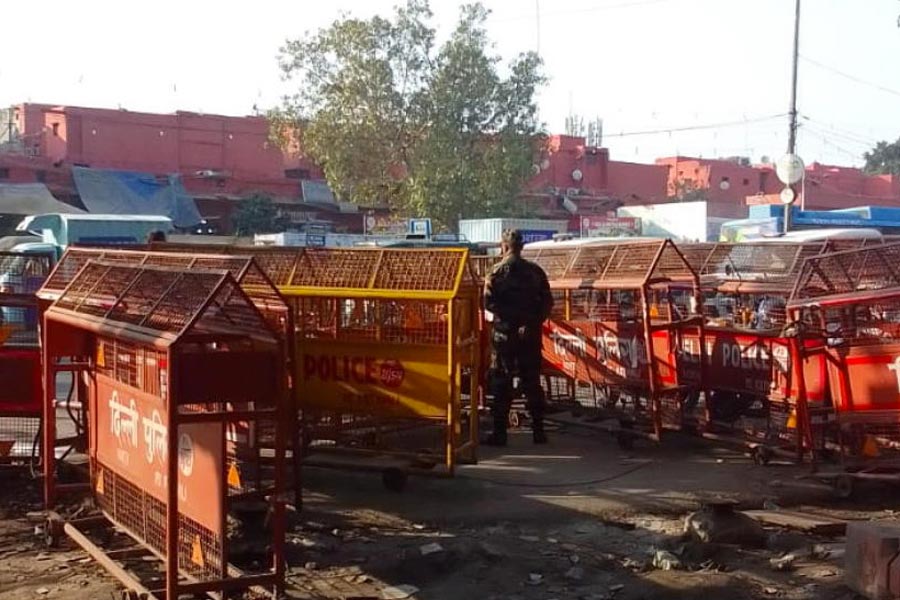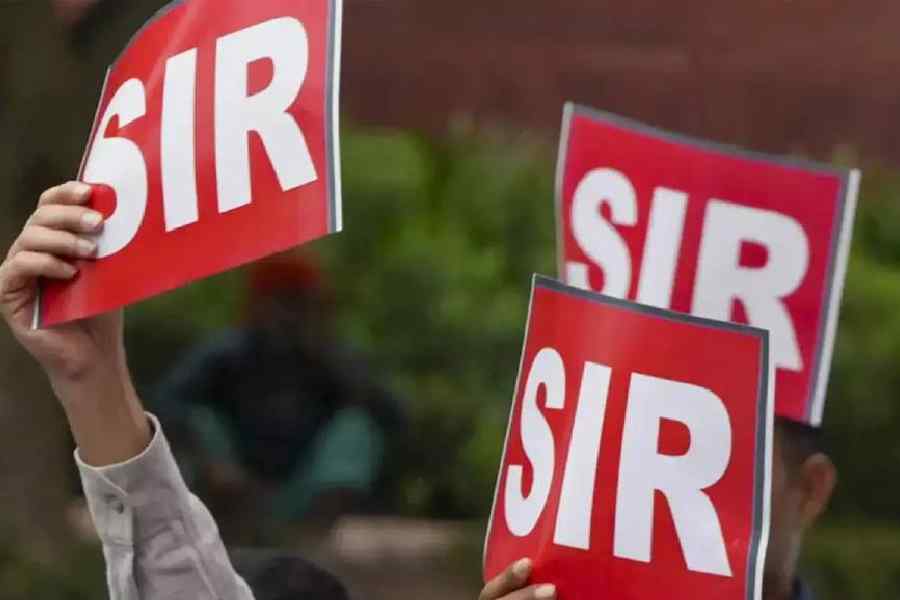The Reserve Bank of India (RBI) on Monday notified the new debt recast plan for businesses as it accepted the recommendations submitted by the KV Kamath committee.
Banks will have to consider five key ratios while finalising the resolution plans of the borrowers hit by Covid-19-related stress. The committee — which submitted its recommendations to the RBI last Friday — has fixed the financial parameters for 26 sectors and lenders can make their assessment of the other sectors.
The new resolution framework will replace the moratorium which ended on August 31. Under the new mechanism, only those accounts which have defaulted for not more than 30 days as on March 1 will be eligible for resolution. Banks have time till December 31 to invoke the resolution framework. The resolution plan must be implemented for corporate borrowers in 180 days from the date of invocation. In the case of personal loans, it must be implemented in 90 days.
In a resolution plan, the lenders can extend the residual tenor of the loan by a maximum of two years and they can also give a loan moratorium. The resolution process will be treated as invoked once lenders representing 75 per cent by value and 60 per cent by number agree to invoke it. The five key ratios that have been recommended by the Kamath committee will have to be considered during the resolution process of a corporate account.
Five ratios
The five ratios that should be considered by lending institutions are: total outstanding liability divided by adjusted tangible net worth; total debt divided by earnings before interest, taxes, depreciation & amortisation; current ratio (current assets divided by current liabilities); debt service coverage ratio (DSCR) and average debt service coverage ratio (ADSCR).
DSCR is a metric which measures a firm’s ability to repay its current debt given its cash flows.
The parameters may be considered as a guide to prepare a resolution plan.
The plan may be prepared based on the pre-Covid operating and financial performance of the borrower and the impact of the pandemic on its operating and financial performance in the first and the second quarters to assess the cash flows for this year, the next and subsequent year.
Affected sectors
Some of the 26 most-affected sectors identified by the committee are automobile manufacturers, auto component makers, aviation, power, cement, chemicals, hotels, restaurants and tourism, iron and steel manufacturing, logistics, mining, textiles, consumer durables and FMCG, plastic product manufacturing, pharmaceutical manufacturing and construction.
The RBI added that given the differential impact of the pandemic on various sectors or companies, the lending institutions may, at their discretion, adopt a ‘graded approach’ depending on the severity of the impact on the borrowers while preparing or implementing the resolution plan.
Such a graded approach may also entail the classification of the impact on the borrowers into mild, moderate and severe.
Creditor pacts
The signing of ICA is a mandatory requirement in all cases involving multiple lending institutions, where the resolution process is invoked. Additional provisions need to be made if the agreement is not signed within a month of invoking the resolution process.










